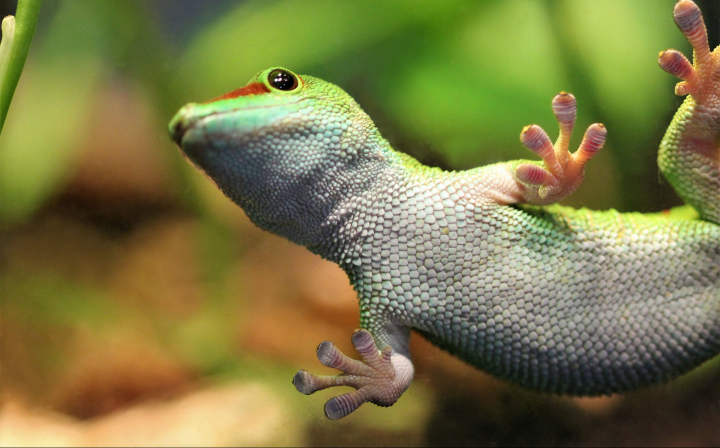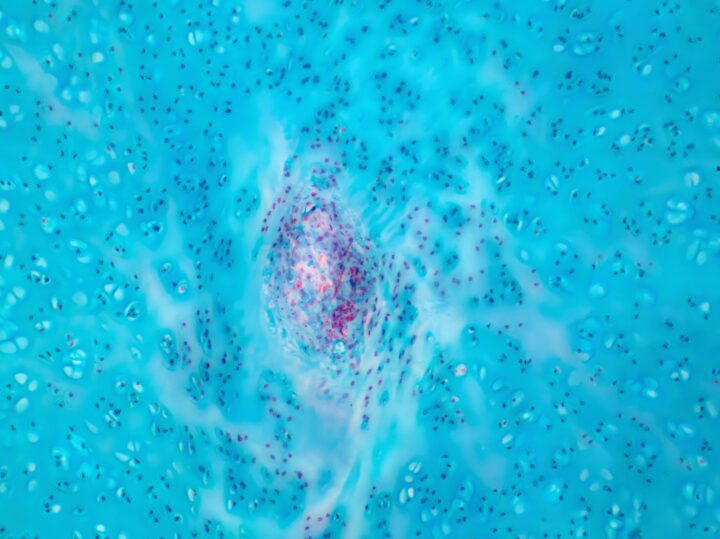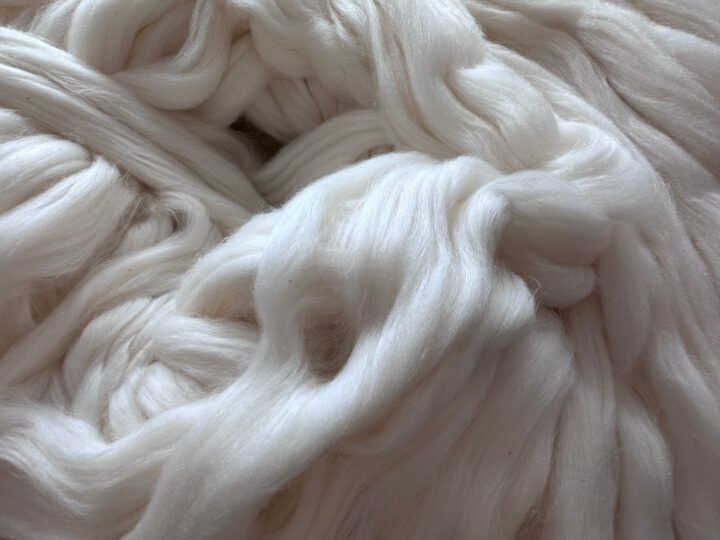Gecko Gripper from OnRobot has micro-scaled fibrillar stalks that use Van der Waals forces to pick up objects.
Benefits
- Increased efficiency
- Reduced costs
- Durable
Applications
- Aerospace
- Manufacturing
UN Sustainable Development Goals Addressed
-

Goal 9: Industry Innovation & Infrastructure
The Challenge
Traditional manufacturing processes use machines that grip objects using a squeezing motion. This squeezing motion can cause damage to flexible and soft objects. Additionally, these machines often use compressed air or large amounts of external power to make the processes work, resulting in increased costs.
Innovation Details
The Gecko Gripper is a special adhesive technology that has millions of micro-scaled fibrillar stalks. These stalks are mushroom-shaped and use the powerful van der Waals forces to grip objects, similar to a Gecko’s foot. The machine also has force-sensing technology to ensure it does not damage the object that it is handling. Additionally, the gripper is able to work on all flat and smooth surfaces, no matter what the material is.

Biological Model
Geckos have amazing adhesive abilities and can stick to almost any surface. Their toe pads are covered in millions of small hair-like projections called setae. These setae branch further into hundreds of nano-scale structures that end in tiny discs called spatulae. This multi-scale branching gives gecko feet a very high surface area. Spatulae stick to surfaces by van der Waals forces that occur between all molecules. Although these forces are individually weak, the high surface area of all the spatulae combined makes the force quite strong, which enable geckos to adhere quickly and easily to surfaces.





